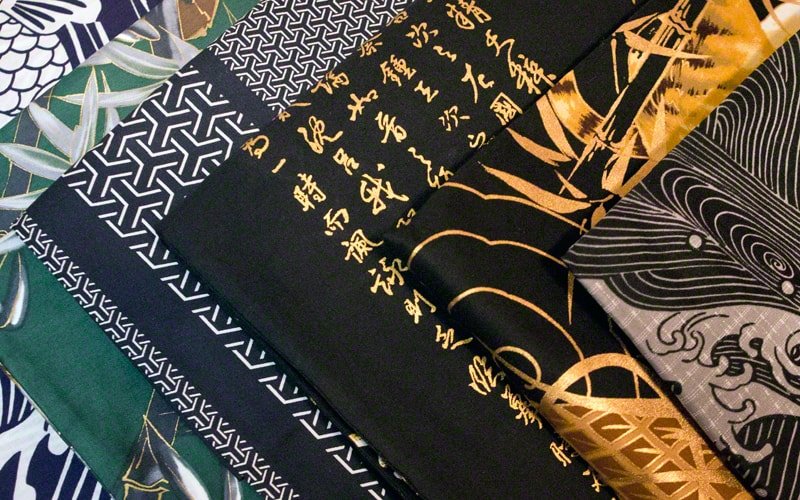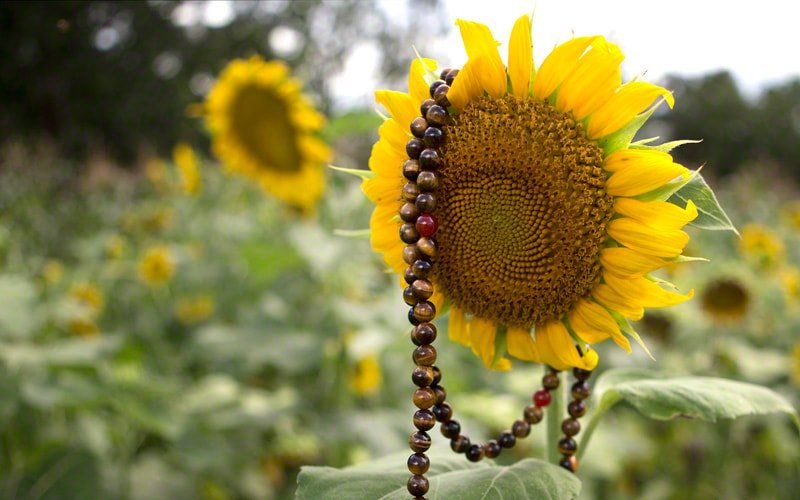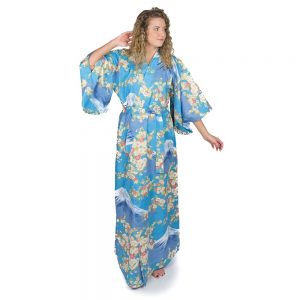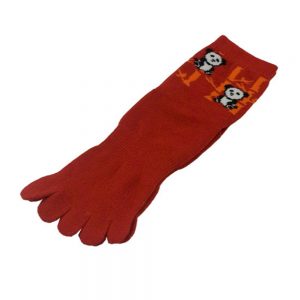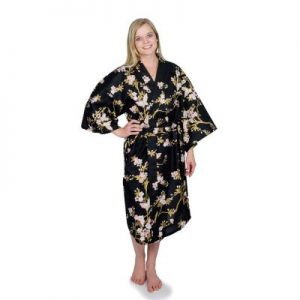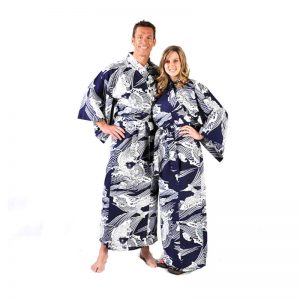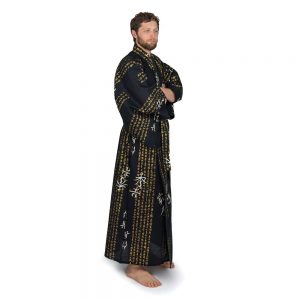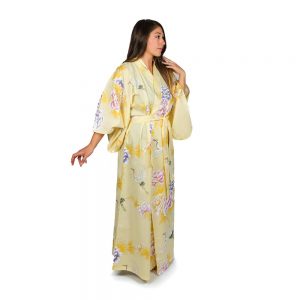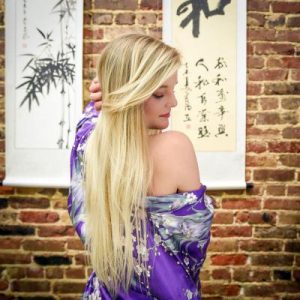Every spring, Japan transforms into a sea of pink and white as the beloved sakura (cherry blossom) trees burst into bloom. But beyond their stunning beauty, sakura blossoms carry deep cultural significance in Japan. This blog explores the rich symbolism of sakura, from its historical context to its modern-day cultural relevance.
What is Sakura?
Sakura, or cherry blossoms, are the cherry tree’s delicate pink and white flowers. They bloom in profusion across Japan each spring, signaling the arrival of warmer weather and new beginnings.
Cultural Meaning of Sakura
Transience and Impermanence
Sakura flowers symbolize the fleeting nature of life. Their short bloom period, often lasting only a week or two, reminds us of the transient beauty of existence. This aligns with the Buddhist concept of impermanence, encouraging people to appreciate the present moment.
Renewal and Rebirth
The arrival of Sakura blossoms heralds the start of a new season. In Japan, the school and fiscal years begin in April, coinciding with the Sakura bloom. This makes the flowers a powerful symbol of renewal and fresh starts.
Beauty and Aesthetics
The sheer beauty of sakura blossoms has made them a central motif in Japanese art, poetry, and fashion. Their delicate appearance and subtle fragrance embody the aesthetic principles of wabi-sabi, which finds beauty in imperfection and impermanence.
Sakura in Japanese Fashion
Many traditional garments like kimono and yukata feature sakura blossom prints. These designs celebrate the flower’s natural beauty and carry its deeper symbolic meanings. Wearing sakura patterns can evoke a sense of renewal, beauty, and a mindful appreciation of life’s fleeting moments.
Example Product Featuring Sakura
For those who wish to incorporate this beautiful symbolism into their daily lives, Chopa offers several stunning kimono and yukata robes adorned with sakura blossom patterns. Made from soft cotton, these garments are incredibly comfortable to wear and perfect for lounging. You can explore their collection and enjoy quick shipping from the USA by visiting their online store, open 24 hours a day.
Sakura blossoms are more than a seasonal spectacle; they are a profound symbol of life’s fleeting beauty, renewal, and the aesthetic values that define Japanese culture. Whether you’re a Japan enthusiast, a cultural explorer, or a kimono lover, understanding the deep meanings behind sakura can enrich your appreciation for these extraordinary flowers.

